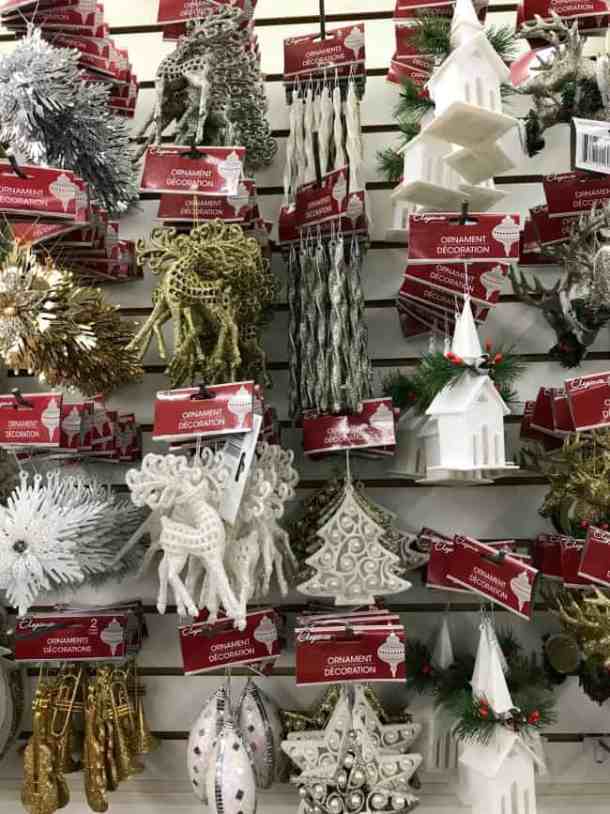5 Origins of Easter Egg Decorating You Should Know
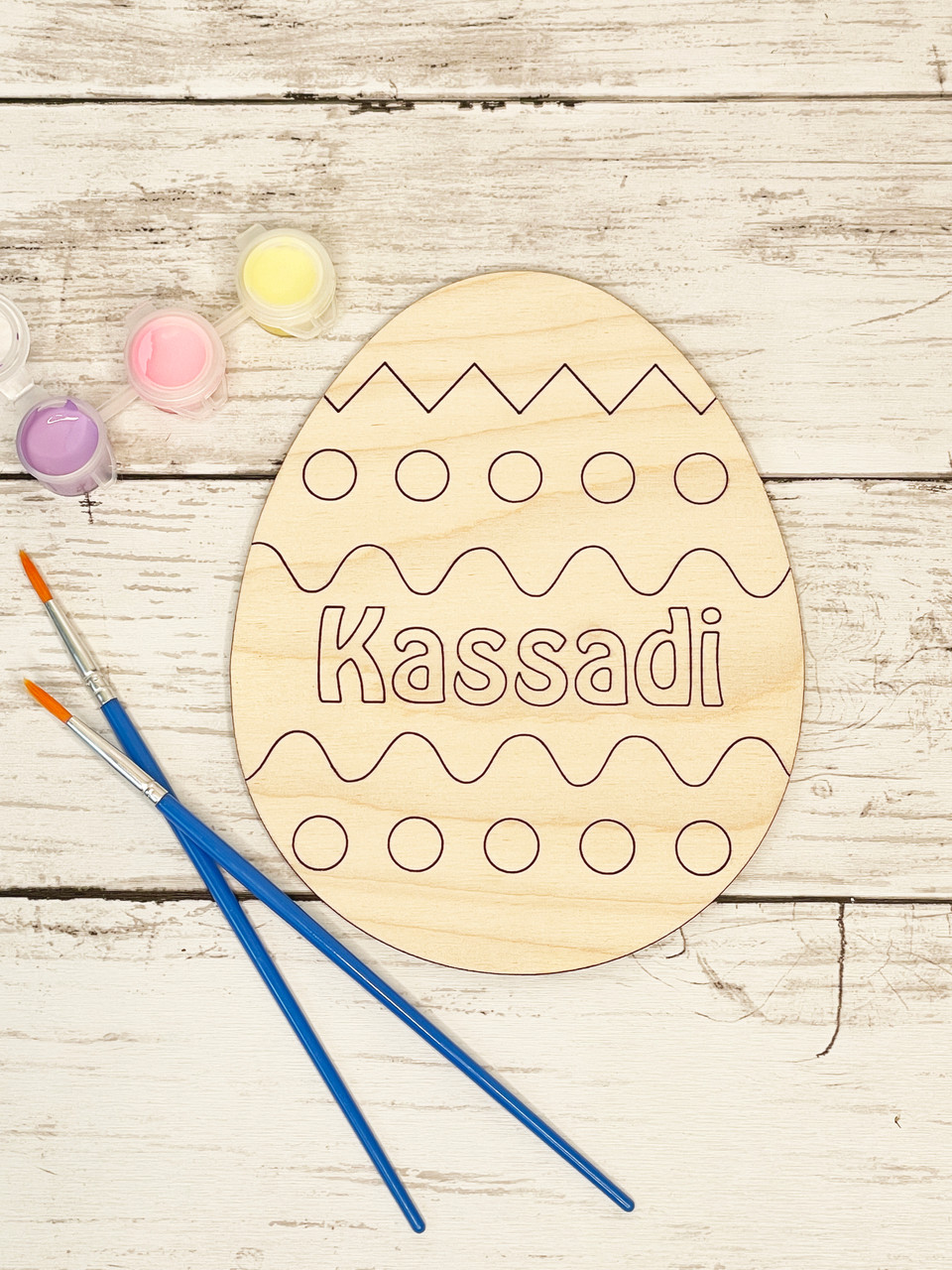
Easter egg decorating is a timeless tradition enjoyed by millions around the world. But have you ever wondered where this colorful custom originated? From ancient civilizations to religious symbolism, the origins of Easter egg decorating are both diverse and fascinating. In this post, we'll explore five key historical and cultural roots of this beloved Easter practice.
1. Ancient Precedents and Pre-Christian Practices
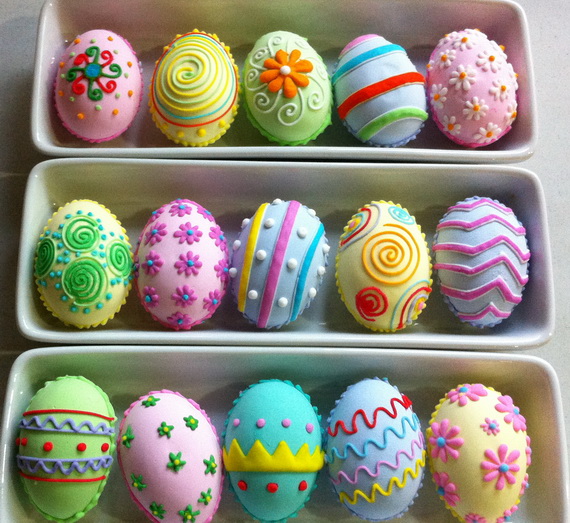
Long before Christianity, the egg was a symbol of fertility, rebirth, and the life cycle. Here are a few examples:
- Ancient Persia (Iran): It’s believed that the custom of painting eggs originated from Zoroastrianism where eggs were traditionally painted for Nowruz, the Persian New Year, symbolizing new beginnings.
- Prehistoric Cultures: Archaeological evidence suggests that eggs were decorated in the Iron Age and across cultures like the Vikings, Celts, and ancient Egyptians, to denote regeneration and spring festivals.
- Pagan Rituals: In many pre-Christian European traditions, eggs played a role in fertility rituals and were often dyed for spring festivals celebrating the renewal of nature.
2. The Christian Symbolism

Easter, celebrated by Christians worldwide, marks the resurrection of Jesus Christ. Here’s how eggs are interwoven with Christian symbolism:
- Eggs and Resurrection: Just as a chick breaks out of an egg, Christ was believed to have risen from the dead. The egg symbolizes the tomb from which Christ emerged.
- The Lenten Fast: Historically, Christians abstained from eggs during Lent. Once Lent ended, eggs would be dyed and gifted as a joyful symbol of the resurrection.
- Orthodox Traditions: In Eastern Orthodox Christianity, red-dyed eggs are significant as they represent the blood of Christ, with the red color being a common feature in egg decorating.
3. Slavic Traditions and Pysanky Art

Easter egg decorating reached new heights in Eastern Europe with the intricate art of Pysanky:
- Pysanky: Derived from the Ukrainian word for “to write,” Pysanky involves writing or drawing with beeswax on the egg’s surface and then dyeing it in multiple layers to create intricate designs.
- Symbolism and Motifs: Each region developed its own distinctive patterns, often carrying symbolic meanings related to protection, prosperity, or fertility.
- Community Rituals: The act of egg decorating was often communal, bringing people together in celebration and preparation for Easter.
4. Decorative Evolution in Western Europe

The practice of decorating eggs spread throughout Western Europe, evolving in style and significance:
- Medieval Europe: Decorated eggs were given as gifts, often by the nobility, symbolizing luxury and wealth.
- Elizabethan Era: In England, eggs were given to servants and farm workers as Easter gifts, with decoration methods ranging from simple dyeing to elaborate painting.
- Egg Rolling: A custom, particularly popular in the UK and Germany, where children roll decorated eggs down slopes, symbolizing the stone rolling away from Christ’s tomb.
5. Modern and Commercial Influences

The 20th century brought commercialization and global influences to Easter egg decorating:
- Industrial Age: With the rise of industrialization, dyes and decorative materials became widely available, leading to more varied and accessible egg decorating methods.
- Chocolate Eggs: The invention of chocolate eggs, beginning in the 19th century, shifted some of the focus from real eggs to chocolate ones, adding a new dimension to Easter.
- Commercial Kits: The market saw the introduction of Easter egg decorating kits, complete with dyes, stickers, and accessories, making egg decorating an easier, more accessible activity for families.
🖌 Note: Over time, these influences have led to a wide variety of materials used for egg decorating, from natural dyes to synthetic paints, making it a diverse and inclusive celebration.
To conclude, Easter egg decorating is a practice deeply rooted in ancient symbolism, religious significance, and cultural traditions. From the pre-Christian pagan customs to the Christian resurrection, from the intricately decorated Pysanky of Eastern Europe to the playful egg hunts and chocolate eggs of modern celebrations, this custom has evolved but always retained its core meanings of new beginnings, joy, and togetherness. Understanding these origins not only enriches our appreciation of this tradition but also connects us with the various communities that have made it their own over centuries.
What is the significance of decorating eggs for Easter?

+
Decorating eggs for Easter symbolizes rebirth, fertility, and the resurrection of Jesus Christ. This practice integrates both pagan traditions of spring renewal and Christian symbolism of life over death.
How did the art of Pysanky evolve?
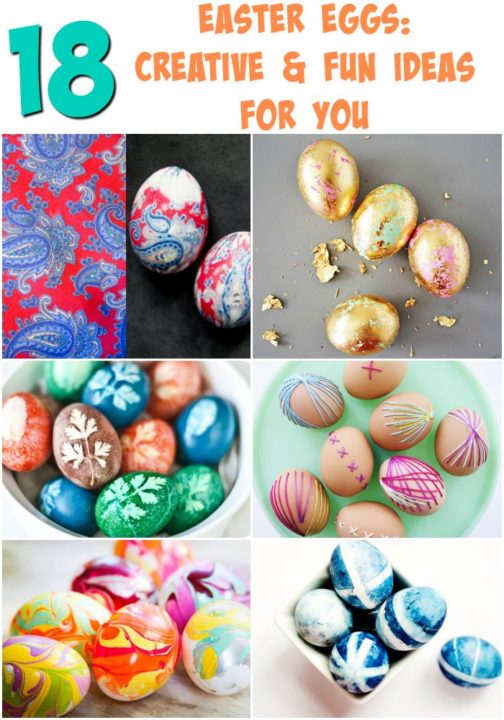
+
Pysanky, an ancient Ukrainian tradition, evolved over centuries from basic dyeing techniques to complex patterns using wax-resist methods, incorporating regional symbolism and becoming a significant cultural expression.
Why are eggs often painted red in Orthodox traditions?

+
In Eastern Orthodox Christianity, red-painted eggs symbolize the blood of Christ, commemorating his crucifixion and subsequent resurrection.
What are some modern variations in Easter egg decorating?
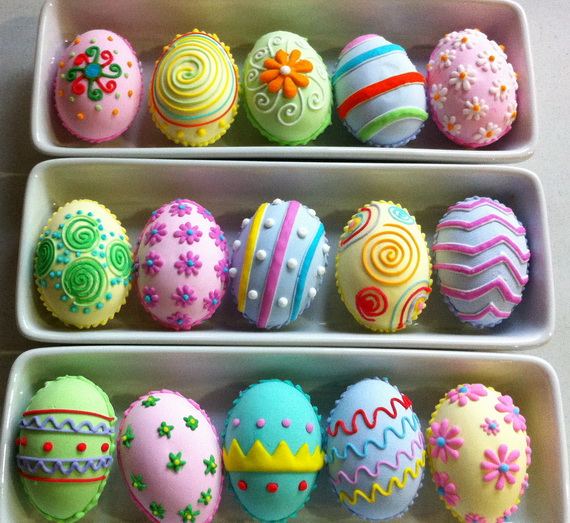
+
Modern variations include using pre-made decorating kits, acrylic paints, fabric markers, and even incorporating digital designs for personalized, 21st-century Easter eggs.

